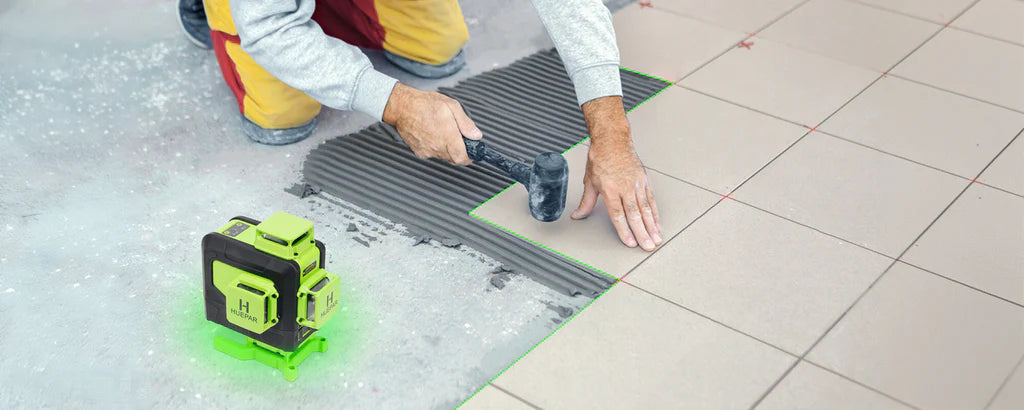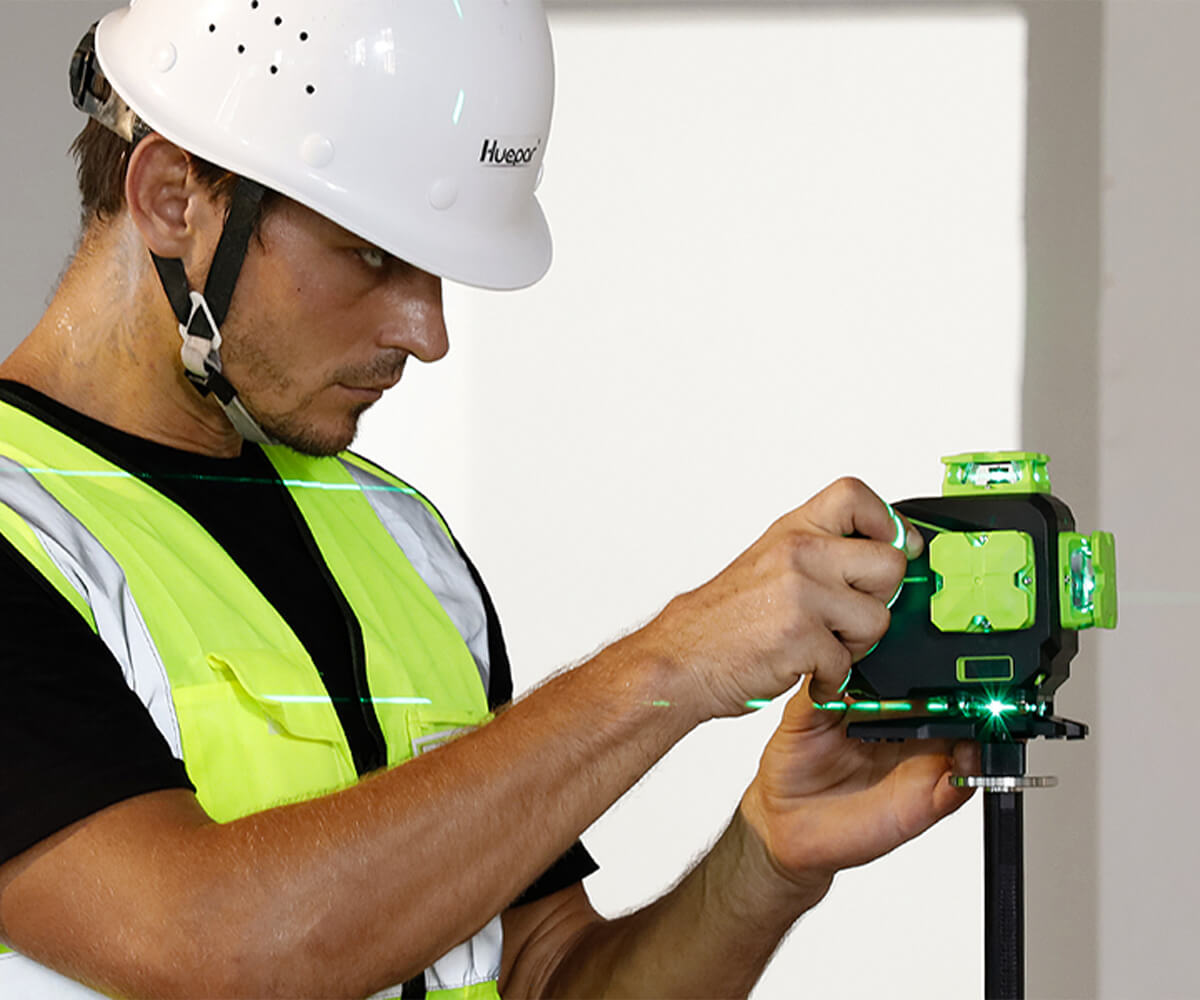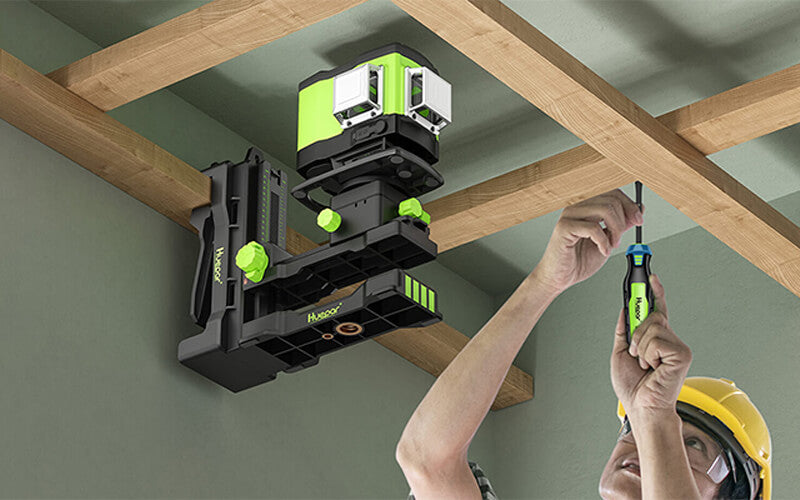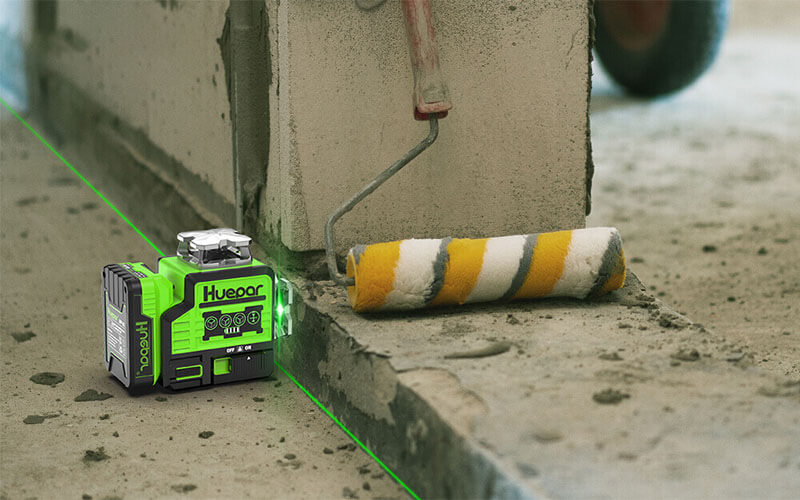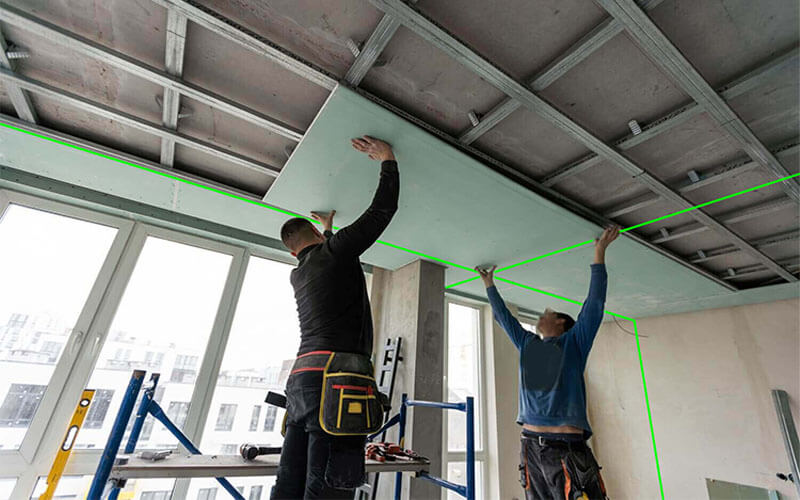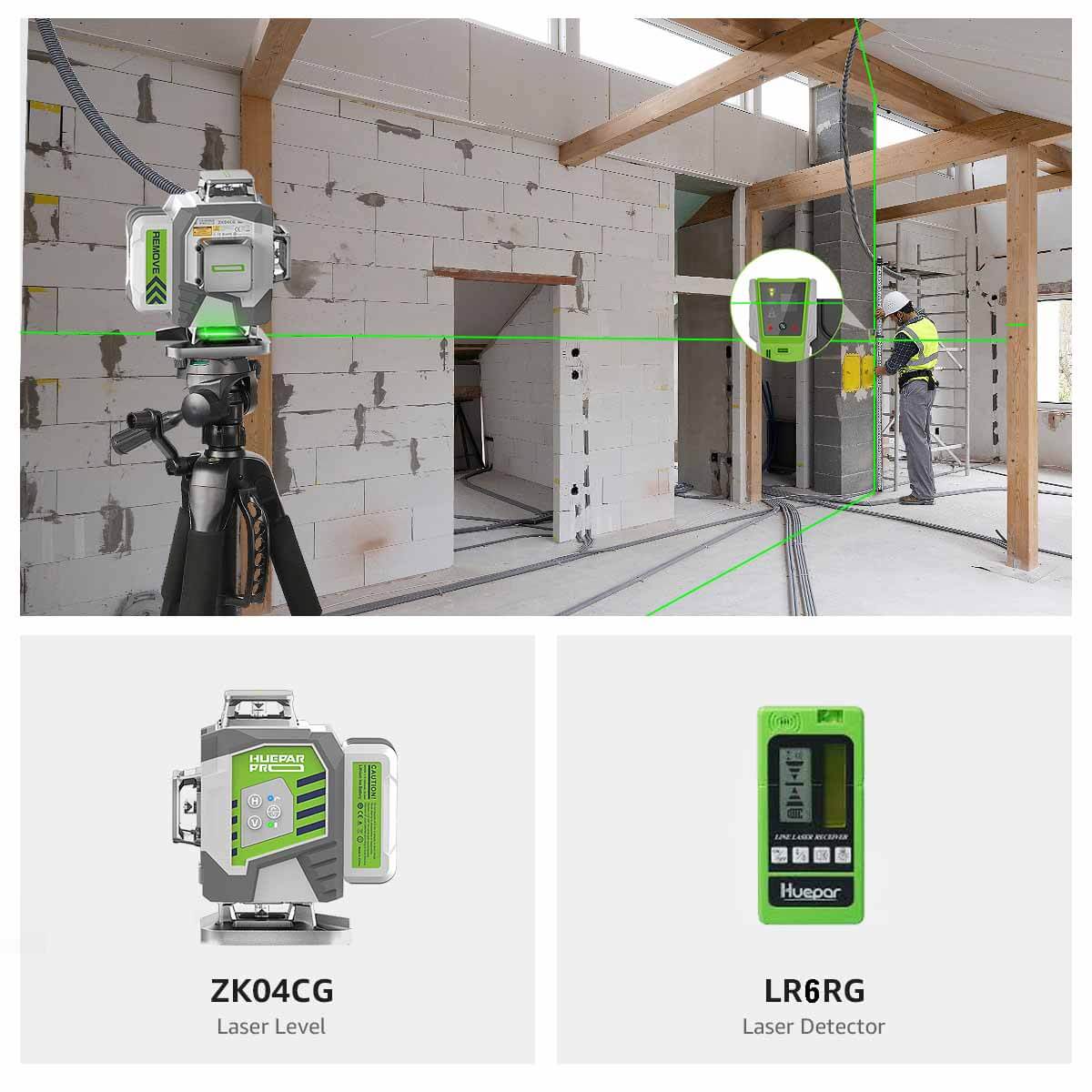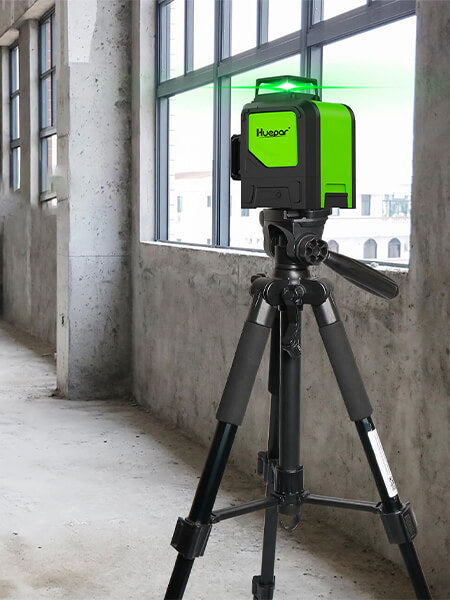
Ultimate Guide to 3D Laser Levels: Everything You Need to Know
Introduction to Laser Levels
What is a Laser Level?
A laser level is a tool that emits a laser beam to project a straight line onto a surface. This helps to ensure accuracy when aligning and leveling objects during construction and DIY projects. It's essential for tasks that require precise vertical or horizontal alignments, such as hanging pictures, installing shelves, or laying tiles. With advancements in technology, laser levels have become more accurate and easier to use, making them favored by professionals and hobbyists alike.

Different Types of Laser Levels
Laser levels are essential tools in construction and DIY projects. There are various types, each suited for different tasks. These include dot lasers, line lasers, and rotary lasers. Dot lasers project simple points on surfaces. Line lasers emit straight lines along a surface, great for aligning. Rotary lasers cast a level line 360 degrees around the room, ideal for larger spaces. Understanding these types helps in selecting the best laser level for your needs.
Understanding 3D, 4D, and Cross Line Laser Levels
To grasp laser levels, we must know 3D, 4D, and cross line types. A 3D laser level projects a 360-degree horizontal and two vertical lines. This forms a '3D' space. A 4D laser level adds a second horizontal line. It gives an extra dimension of reference. Cross line lasers emit an intersecting horizontal and vertical line. It creates a cross on a surface. These tools differ in complexity and uses. They cater to various leveling needs in construction and DIY projects.
How to Choose the Right 3D Laser Level
Key Features to Look For
When shopping for the right 3D laser level, you must know which features matter most. Here are key features to look for:
- Accuracy: This is the level's ability to project correct, straight lines. Choose a level with tight accuracy specs.
- Self-Leveling: A self-leveling laser adjusts itself to be level within a certain range. It's crucial for efficiency.
- Range: Consider the maximum distance the laser can project clearly. Longer range is better for larger sites.
- Battery Life: Long battery life ensures continuous work without frequent stops to recharge.
- Durability: Pick a level that withstands tough job sites. Look for dust and water resistance ratings.
- Additional Features: Some models offer extra functions like Bluetooth connectivity or remote control. They can be handy.
Focus on these features to find a 3D laser level that meets your needs and enhances your workflow.
Comparing Different 3D Laser Level Brands
When selecting a 3D laser level, it's important to compare brands. Each brand offers unique features, durability, and price points. Here's a simple guide to help you compare:
- Look at Reviews: Check online reviews and forums to see what others say about the brand's reliability.
- Warranty and Support: A good warranty can be a sign of a company's confidence in their product. Also, consider the availability of customer support.
- Price Comparison: Compare the prices of different brands. But, don't compromise quality for the price.
- Additional Features: Some brands may offer extra features like Bluetooth connectivity or longer battery life. Make a list of features that are important to you and see which brands offer them.
By keeping these points in mind, you can make a better decision when choosing between different 3D laser level brands.
Considerations for Specific Use-Cases
When choosing a 3D laser level, it's vital to consider the specific tasks you'll be tackling. Each use-case has its own demands which can impact the choice of laser level.
- Construction Sites: Look for robust models that resist dust and water, with long battery life for continuous use.
- Home Renovation: Opt for levels with versatile mounting options and good indoor visibility.
- Landscaping: Choose a laser level that works well outdoors and can cover larger distances.
- Cabinetry and Carpentry: Accuracy is key. Levels with fine adjustment capabilities are essential.
- Installing Ceiling or Wall Fixtures: Compact models that can project vertical and horizontal lines simultaneously are beneficial.
Considering your specific scenario helps ensure that you invest in a 3D laser level that performs optimally for your projects.
Using 3D Laser Levels Effectively
Getting Started with Your 3D Laser Level
Before using your 3D laser level, ensure it's fully charged or has fresh batteries. Place the level on a firm surface or mount it on a tripod. Turn on the device and check for a clear, bright laser line. Use the self-leveling feature to achieve accurate results. Always confirm the level's calibration before starting your project. Refer to the user manual for specific operating instructions. Remember, proper setup is key for precise leveling.
Tips for Accurate Leveling
To ensure accurate leveling with your 3D laser level, follow these tips:
- Preparation: Clear the area of any obstacles that can affect the laser's visibility.
- Stable Setup: Place the laser level on a solid surface or a sturdy tripod to prevent movement.
- Calibration: Regularly check and calibrate your laser level according to the manufacturer's instructions.
- Alignment: Use fine adjustments for precise alignment of the laser lines with your marks.
- Optimal Lighting: Work in well-lit conditions or use a laser detector for better visibility of the laser lines.
- Battery Life: Ensure your device is fully charged or has fresh batteries to maintain consistent performance.
- Measurement Verification: Double-check measurements with a standard level or tape measure for confirmation.
- Manual Guidelines: Refer to the user manual for specific tips related to your model of 3D laser level.
Maintenance and Safety Guidelines
Proper maintenance and safety are key for the longevity of 3d laser levels. Follow these simple guidelines:
- Read the Manual: Always start by reading the user manual to understand the specific care instructions for your tool.
- Keep Clean: Regularly clean the lens and the tool's body to prevent dust build-up, which can affect accuracy.
- Storage: Store in a padded case to protect from drops or impacts that can misalign the lasers.
- Battery Care: Change or charge batteries as recommended to avoid power issues during use.
- Avoid Water: Keep the tool dry as most are not waterproof, and moisture can damage internal components.
- Regular Calibration: Get the tool calibrated as recommended by the manufacturer to ensure persistent accuracy.
- Safety Gear: Wear protective eyewear when operating to shield eyes from laser exposure.
- Handle with Care: Treat the laser level gently as rough handling can affect its precision and lifespan.
